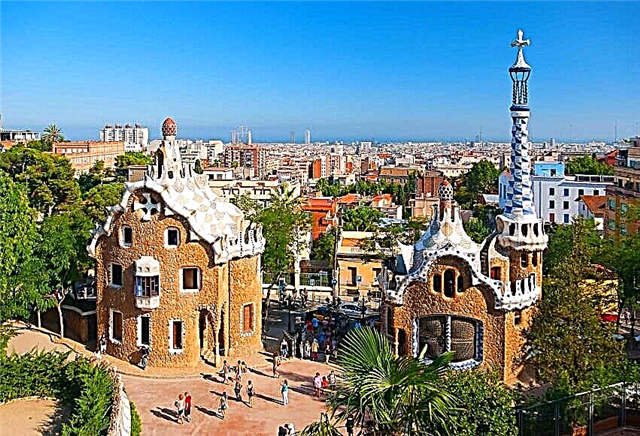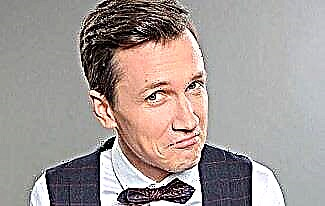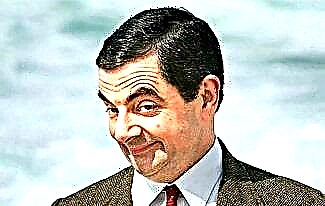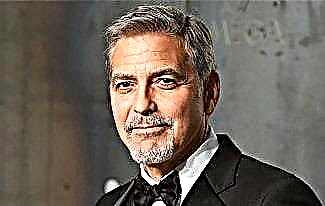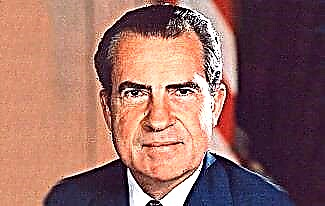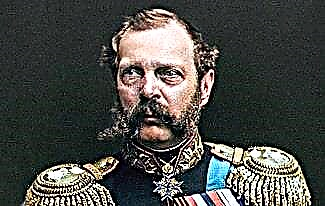Few foreigners are able to show Estonia on a geographical map. And in this respect, nothing has changed since the country's independence - geographically, Estonia used to be the backyard of the USSR, now it is the outskirts of the European Union.

The economy is a different matter - the USSR invested serious resources in the Estonian economy. It was an industrial republic with developed agriculture and a dense transport network. And even with such a legacy, Estonia experienced a severe economic downturn. Some stabilization came only with the restructuring of the economy - now almost two-thirds of Estonia's GDP comes from the service sector.
Estonians are calm, hardworking and thrifty people. This, of course, is a generalization, there is, as in any nation, both spenders and hyperactive people. They are unhurried, and there are historical reasons for that - the climate in the country is milder and more humid than in most of Russia. This means that the peasant does not need to hurry too much, you can do everything without haste, but soundly. But if necessary, Estonians are quite capable of accelerating - there are more Olympic champions per capita here than in all of Europe.
1. Territory of Estonia - 45,226 km2... The country occupies the 129th place in terms of area, it is slightly larger than Denmark and slightly smaller than the Dominican Republic and Slovakia. It is more obvious to compare such countries with Russian regions. Estonia is almost the same size as the Moscow region. On the territory of the Sverdlovsk region, which is far from the largest in Russia, there would be four Estonians with a margin.
2. Estonia is home to 1 318 thousand people, which is 156th place in the world. In the closest comparison in terms of the number of inhabitants, Slovenia has 2.1 million inhabitants. In Europe, if you do not take into account the dwarf states, Estonia is second only to Montenegro - 622 thousand. Even in Russia, Estonia would take only 37th place - the Penza region and the Khabarovsk Territory have comparable population indicators. More people live in Moscow, St. Petersburg, Novosibirsk and Yekaterinburg than in Estonia, and in Nizhny Novgorod and Kazan only slightly less.
3. Even with such a small territory, Estonia is very sparsely populated - 28.5 people per km2, 147th in the world. Nearby is mountainous Kyrgyzstan and jungle-covered Venezuela and Mozambique. However, in Estonia, the landscapes are not all right either - one fifth of the territory is occupied by swamps. In Russia, the Smolensk Region is approximately the same, and in 41 other regions the population density is higher.
4. Approximately 7% of the Estonian population has the status of “non-citizens”. These are people who lived in Estonia at the time of declaration of independence, but did not receive Estonian citizenship. Initially, there were about 30% of them.
5. For every 10 “girls” in Estonia, there are not even 9 “guys”, but 8.4. This is explained by the fact that women in this country live on average 4.5 years longer than men.

6. In terms of nominal gross domestic product per capita in purchasing power parity, according to the UN, Estonia ranks 44th in the world ($ 30,850), slightly behind the Czechs ($ 33,760) but ahead of Greece, Poland and Hungary.
7. The present period of Estonian independence is the longest of the two in its history. The first time the independent Republic of Estonia existed for a little more than 21 years - from February 24, 1918 to August 6, 1940. During this period, the country managed to change 23 governments and slide into a semi-fascist dictatorship.
8. Despite the fact that for several years the RSFSR was the only country in the world to recognize Estonia, in 1924, under the pretext of fighting the communist uprising, the Estonian authorities froze the transit of goods from Russia to the Baltic ports. Cargo turnover for the year fell from 246 thousand tons to 1.6 thousand tons. An economic crisis broke out in the country, which was overcome only after 10 years. So, Estonia's current attempt to destroy Russian transit through its territory is not the first in history.
9. In 1918, the territory of Estonia was occupied by German troops. The Germans, forced to live in farms, were horrified by the unsanitary conditions and ordered to build a toilet on each farm. The Estonians complied with the order - for disobedience they threatened a court-martial - but after a while the Germans discovered that there were toilets on the farms, and there were no paths to them. According to one of the directors of the Open Air Museum, only the Soviet government taught Estonians to use the toilet.
10. Estonian peasants were generally cleaner than their urban compatriots. On many farmsteads there were baths, and on the poor, where there were no baths, they washed in basins. There were few baths in the cities, and the city dwellers did not want to use them - tea, not a redneck, city people are supposed to wash in the bath. True, 3% of Tallinn's dwellings were equipped with baths. Water was brought into the baths from wells - water with worms and fish fry ran from the mains. The history of Tallinn water treatment begins only in 1927.
11. The first railway in Estonia was opened in 1870. The empire and the USSR actively developed the railway network, and now, in terms of its density, Estonia occupies the highest 44th place in the world. According to this indicator, the country is ahead of Sweden and the United States, and only slightly behind Spain.

12. The repression of the Soviet authorities after the annexation of Estonia in 1940 affected approximately 12,000 people. About 1,600, by the broadest standards, when criminals were included among the repressed, were shot, up to 10,000 were sent to camps. The Nazis shot at least 8,000 indigenous people and about 20,000 Jews brought to Estonia and Soviet prisoners of war. At least 40,000 Estonians took part in the war on the side of Germany.

13.October 5, 1958, the assembly of the first racing car was completed at the Tallinn Auto Repair Plant. In just 40 years of operation, the plant in the Estonian capital has produced more than 1,300 cars. More at that time was produced only by the English plant "Lotus". At the Vihur plant, classic VAZ models were processed into powerful racing cars, which are still in demand in Europe.
14. Housing in Estonia is relatively inexpensive. Even in the capital, the average price per square meter of living space is 1,500 euros. Only in the Old Town it can reach 3,000. In non-prestigious areas, a one-room apartment can be bought for 15,000 euros. Outside the capital, housing is even cheaper - from 250 to 600 euros per square meter. Renting an apartment in Tallinn costs 300 - 500 euros, in small towns you can rent a house for 100 euros a month. Utility costs in a small apartment are on average 150 euros.

15.From 1 July 2018, public transport in Estonia has become free. True, with reservations. For free travel, you still have to pay 2 euros per month - this is how much the card serving as a travel ticket costs. Estonians can use public transport free of charge only within the county in which they live. In 4 out of 15 counties, the fare remained toll.

16. For going through a red light, a driver in Estonia will have to pay at least 200 euros. It costs the same amount to ignore a pedestrian at a crossing. The presence of alcohol in the blood - 400 - 1,200 euros (depending on the dose) or deprivation of rights for 3 - 12 months. Speeding fines start at 120 euros. But the driver only needs to have a license with him - all other data police, if necessary, get themselves from databases via the Internet.

17. “Carry in Estonian” does not mean “very slowly” at all. On the contrary, it is a method invented by an Estonian couple to quickly cover the distance of the wives carrying competition held annually in the Finnish town of Sonkajärvi. Between 1998 and 2008, couples from Estonia invariably became the winners of these competitions.

18. To obtain secondary education in Estonia, you need to study for 12 years. At the same time, from 1 to 9 grades of unsuccessful students are easily left for the second year, in the final grades they are simply expelled from school. Grades are put “on the contrary” - one is the highest.

19. The climate of Estonia is considered by the locals to be terrible - it is very damp and constantly cool. There is a popular bearded joke about "it was summer, but that day I was at work." Moreover, the country has sea resorts. The country is very popular - 1.5 million foreigners visit Estonia a year.
20. Estonia is a very advanced country in terms of the use of electronic technologies. The beginning was laid back during the USSR - Estonians were actively involved in the development of Soviet software. Nowadays, almost all communication of an Estonian with state or municipal authorities takes place via the Internet. You can also vote via the Internet. Estonian firms are world leaders in the development of cybersecurity systems. Estonia is the birthplace of "Hotmail" and "Skype".

